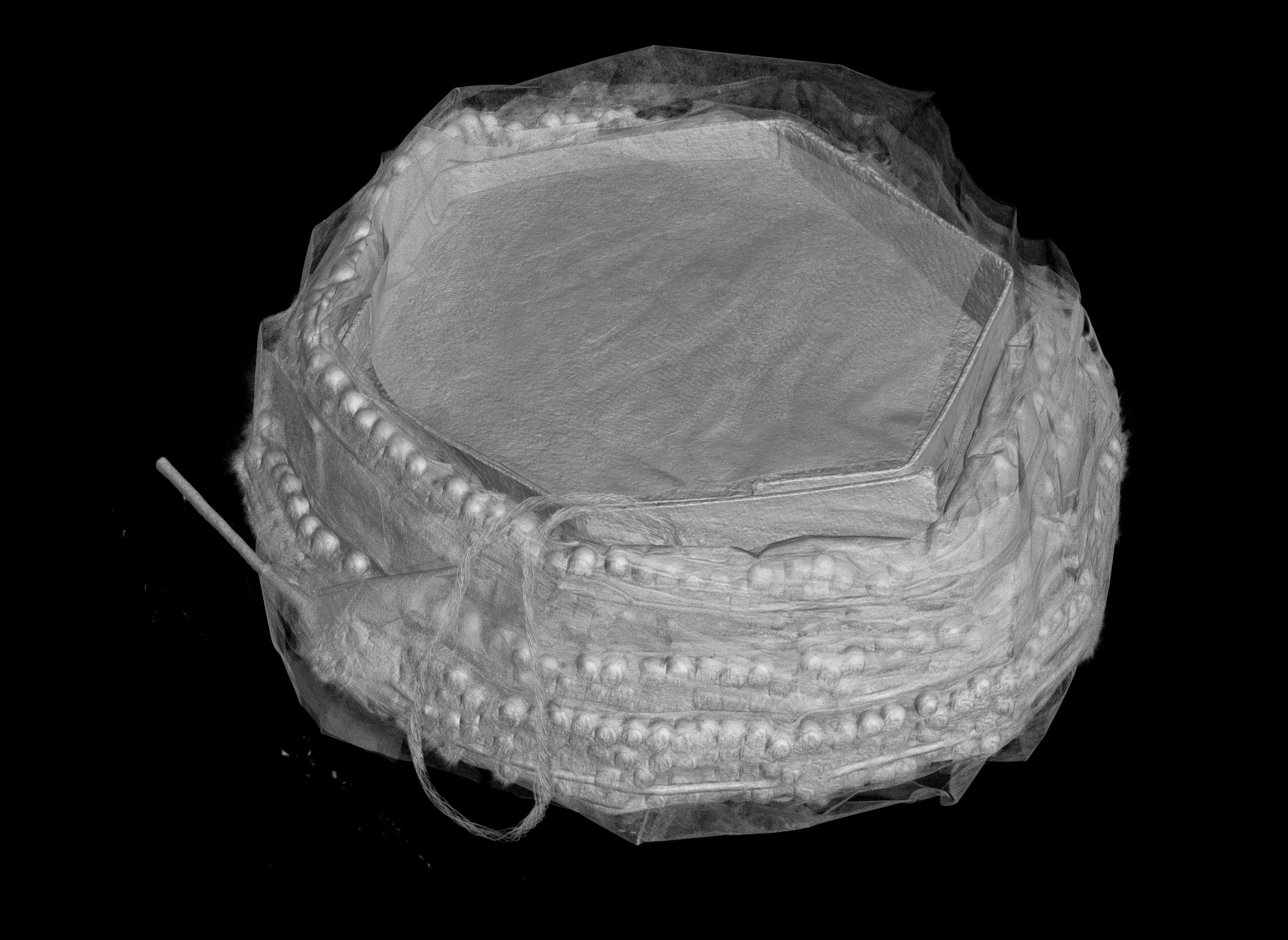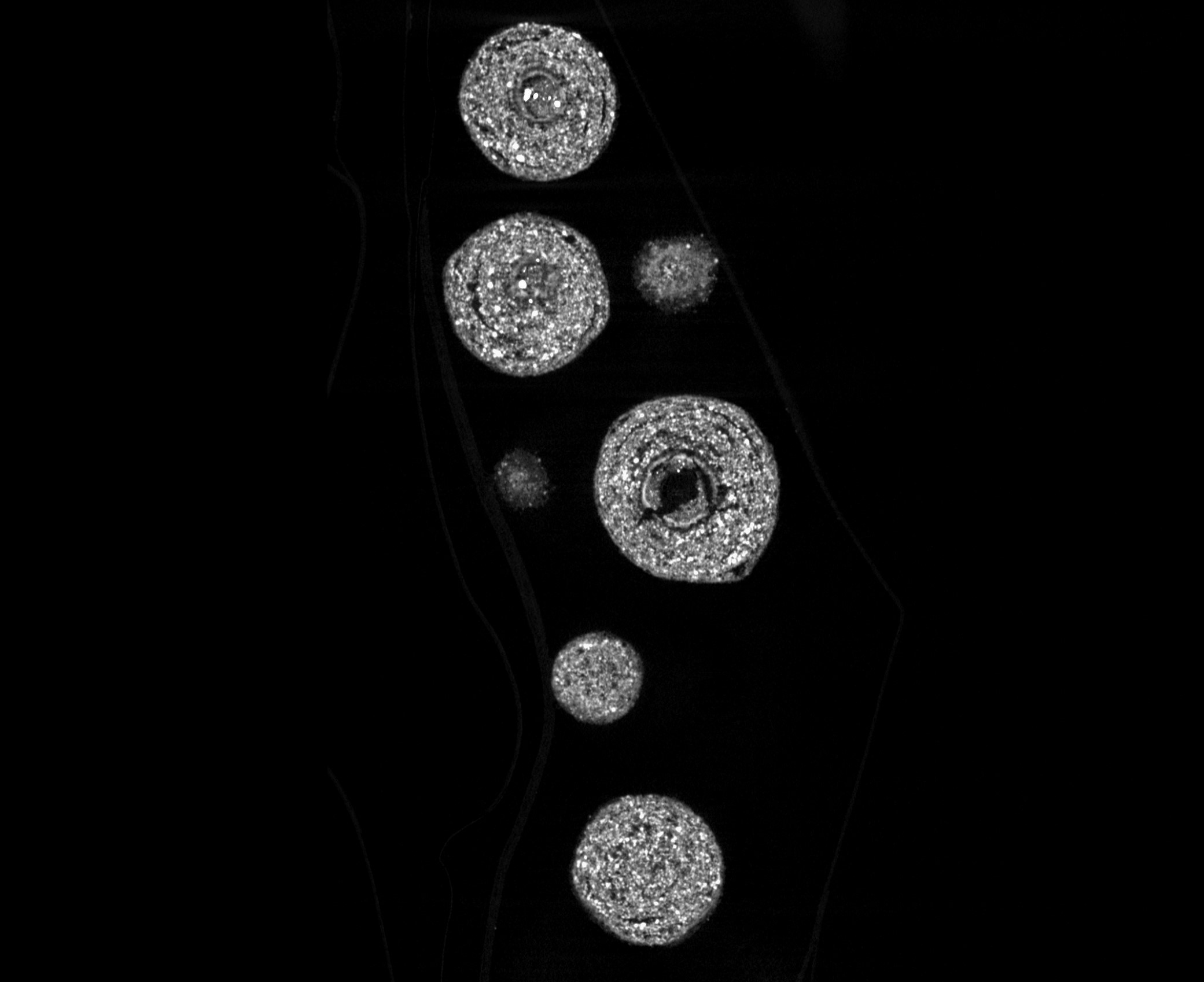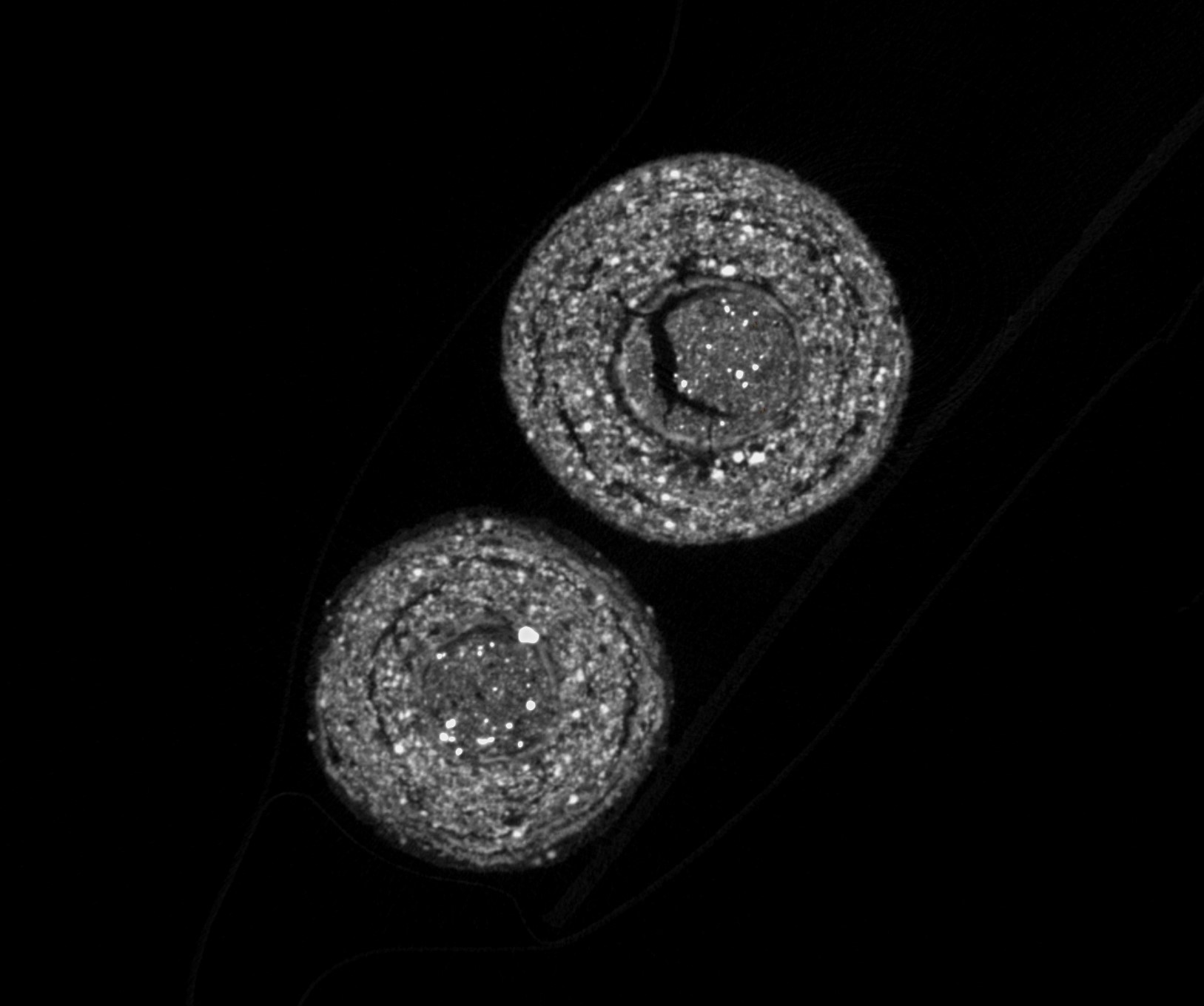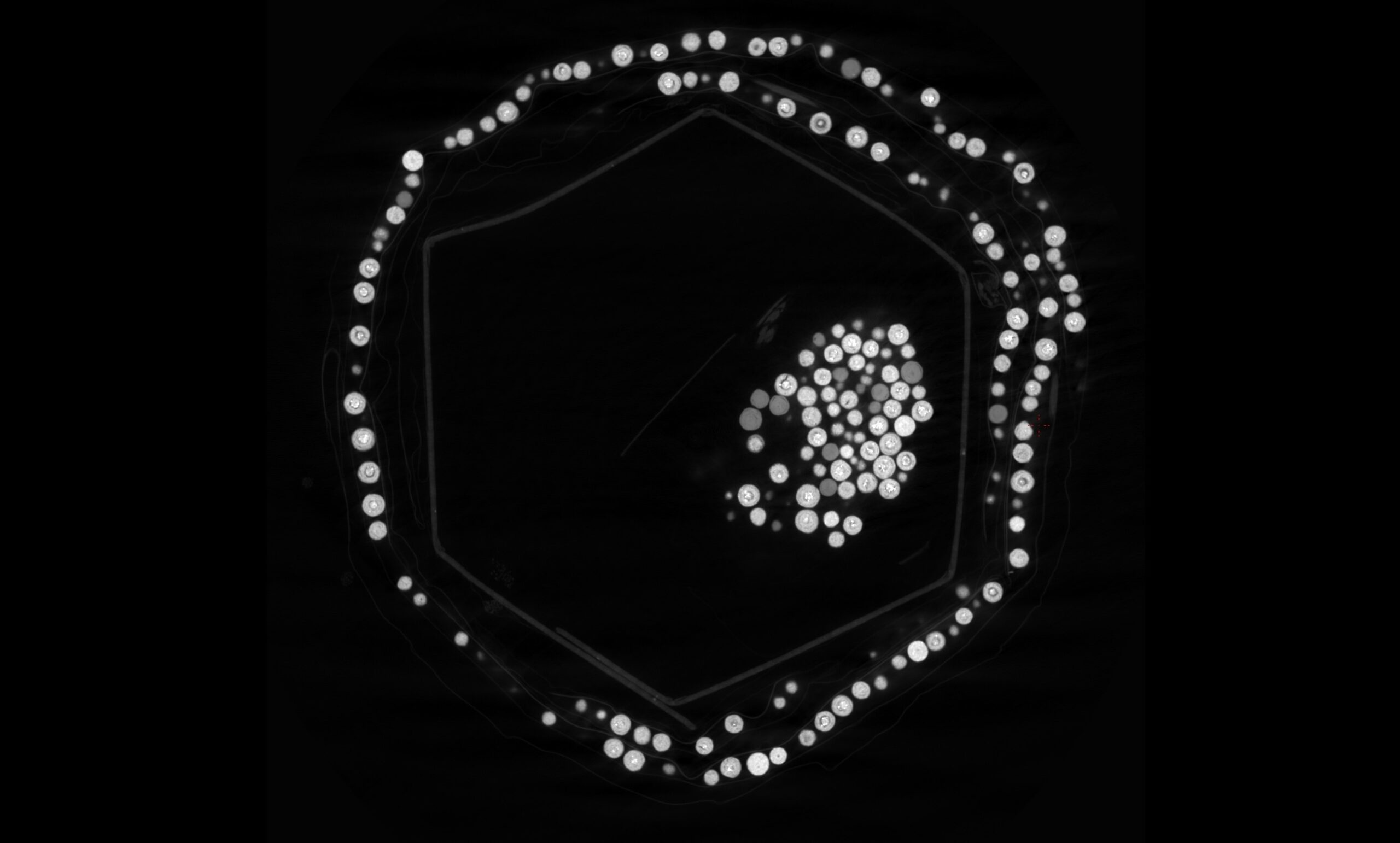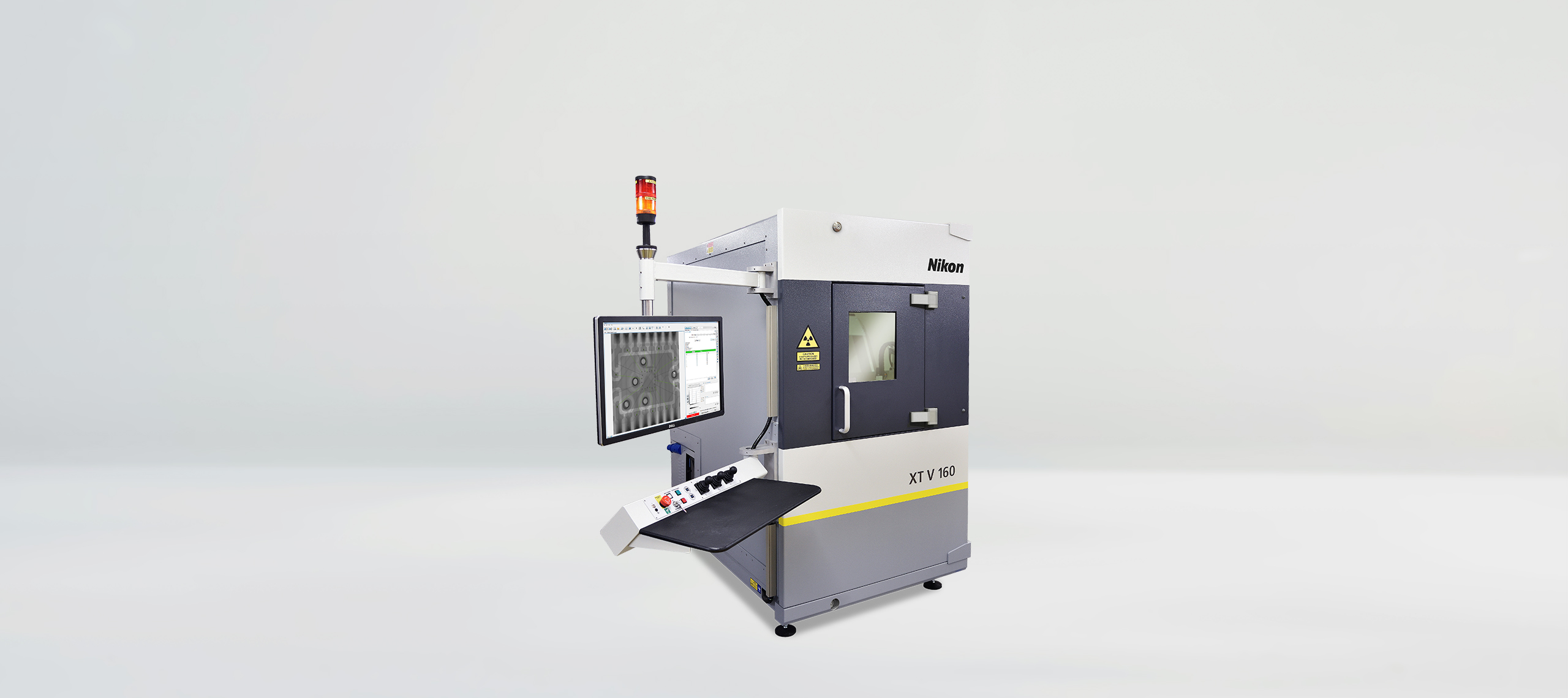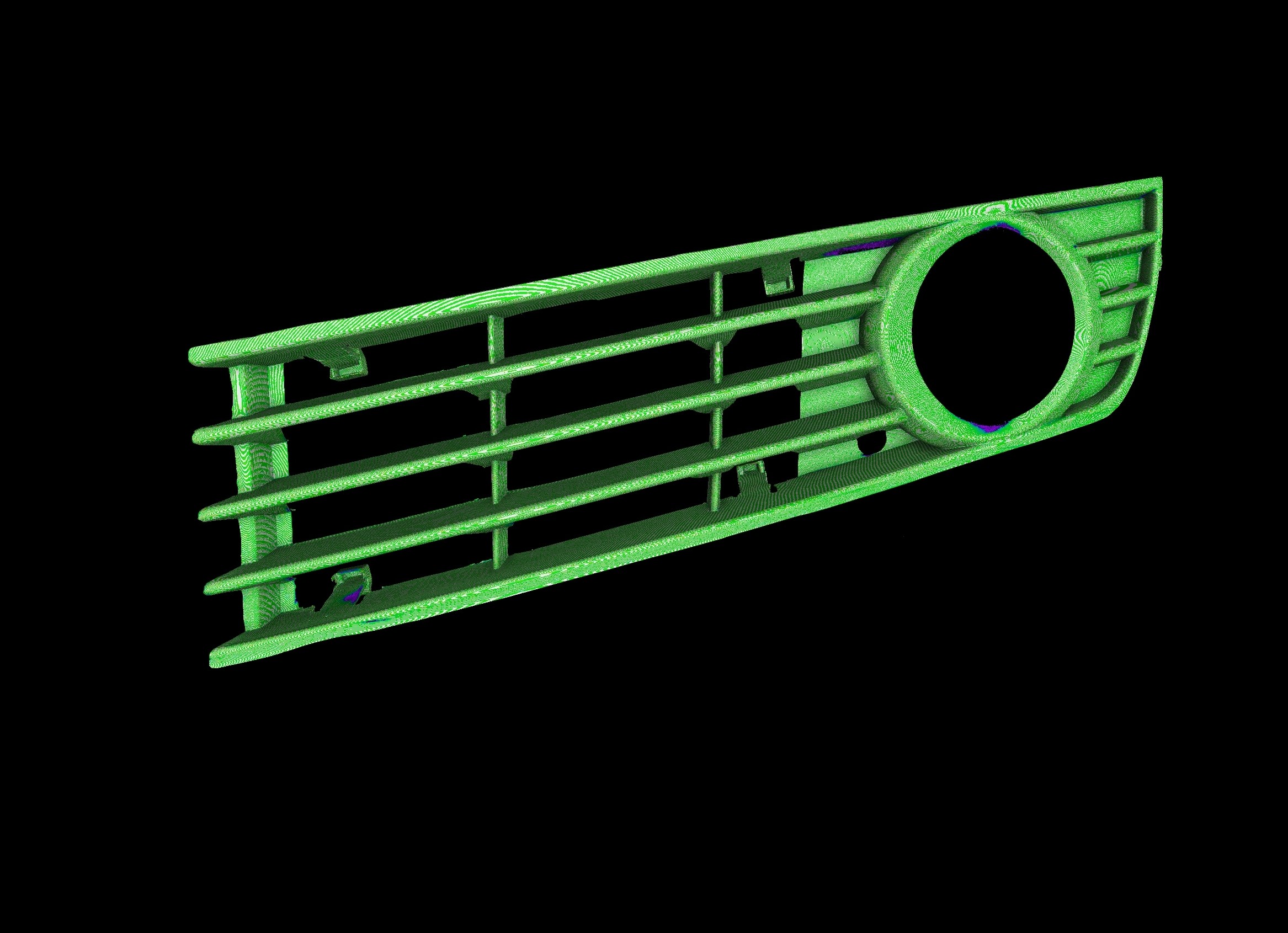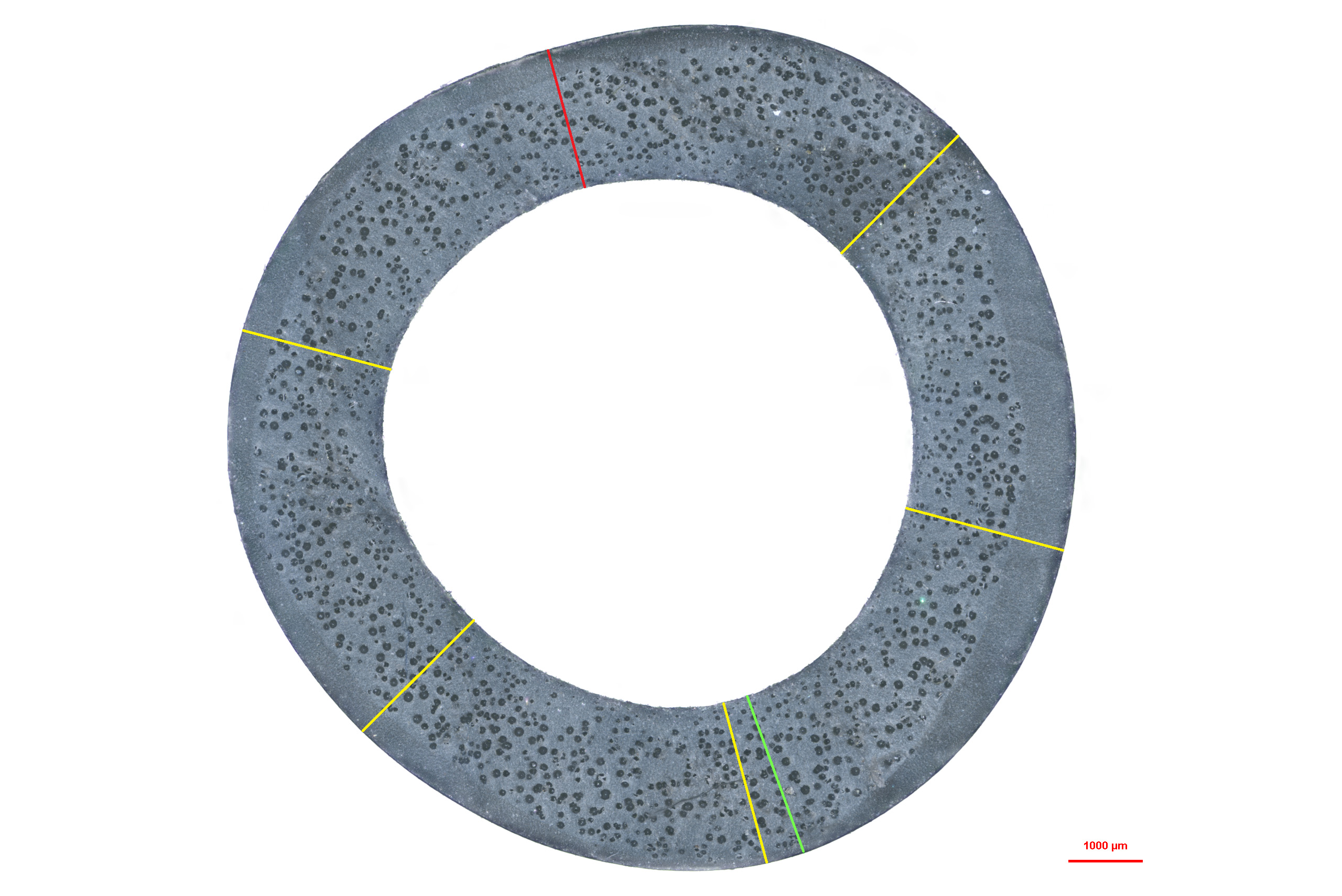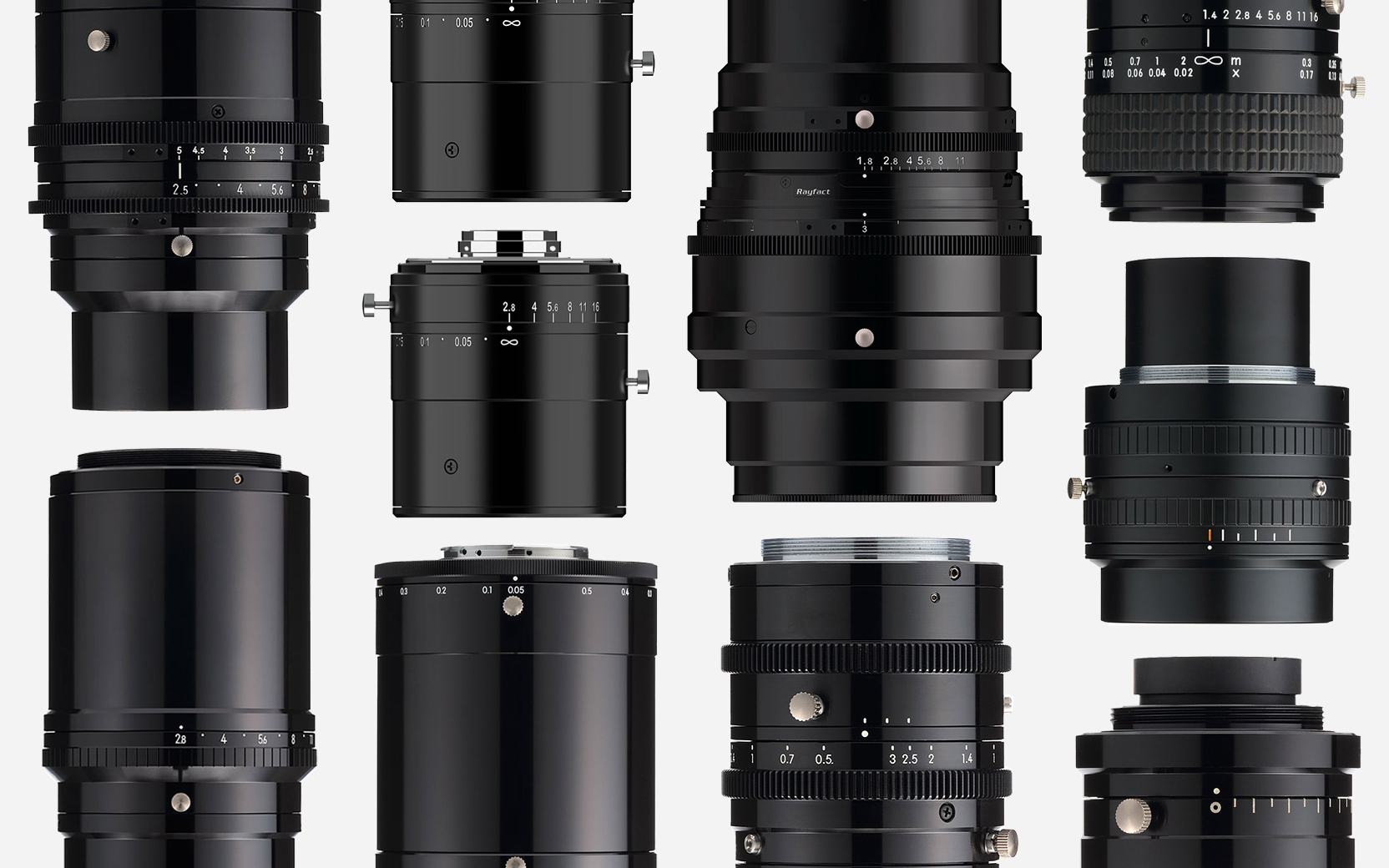As February 10th marked the celebration of the Chinese New Year, also known as Lunar New Year or Spring Festival, our Scan of the Month showcases one of its most iconic customs: firecrackers!
Firecrackers are an integral part of the Chinese New Year celebrations
Chinese New Year is one of the most celebrated and significant cultural events in China. The tradition of setting off firecrackers dates back centuries and is rooted in ancient superstitions. According to legend, the loud noise of firecrackers is believed to scare away evil spirits and misfortune, clearing the path for good luck and blessings in the new year.
Today, the crackling sound of firecrackers not only symbolizes the excitement and enthusiasm associated with the start of a fresh beginning but also represents a deep connection to cultural heritage and the celebration of family and community.
Curious about what lies within these festive explosives?
Did you know that firecrackers were invented in China during the Tang Dynasty (618-907 AD) and were initially developed due to experiments with gunpowder?
This month, Xinyang Hao, Application Engineer X-ray & CT, used an XT H 225 ST 2x to unveil the mysteries hidden within these pyrotechnics. The scans reveal the intricate details of the firecracker’s structure, allowing us to explore the inside of the powder and show the complexity and precision involved in producing these celebratory firecrackers.
Within the paper outer shell of the fireworks, we can see the “beads”, also known as the “stars”. These spherical pellets contain the chemicals responsible for the visual and sound effects when a firework is ignited. They are typically made of fuel, oxidizers, colourants and binders. The fuel is needed for the ignition and the flame, commonly contains charcoal. Oxidizer provides the oxygen for the combustion; binder holds the fuel and the oxidizer together and colorant gives the color during the combustion. The CT image shows the chemical mixture of the star.
Depending on the specific formulation, the brighter particles (high-density material) could be the metal powder such as aluminium or metal compound oxidizers such as potassium perchlorate. The darker areas (low-density material) are typically fuel and the binders such as charcoal and starch. It can also be seen that the star is made through a rolling process as you can see the gap between the layers.
The X-ray CT scan of the entire firecracker was acquired using Nikon’s circular acquisition algorithm at an X-ray energy of 220 kV and an effective pixel size of 102 µm, using the Nikon XT H 225 ST 2x. This system has up to three different Nikon microfocus X-ray sources: a 180 kV, 20 W transmission target, a 225 kV, 225 W reflection target and a 225 kV, 225 W Rotating.Target 2.0. The scans were performed using the 225 kV Rotating.Target 2.0 option coupled with a Varex XRD 4343CT flat panel detector. For this scan the detector acquired 2238 projections at an exposure time of 708 ms and 8 frames per projection, resulting in a total scan time of 3 hours and 33 minutes.
The region of interest scan was acquired using Nikon’s circular acquisition algorithm at an X-ray energy of 220 kV and an effective pixel size of 10 µm, using the Nikon XT H 225 ST 2x. For this scan the detector acquired 3,769 projections at an exposure time of 2,000 ms and 2 frames per projection, resulting in a total scan time of 4 hours and 12 minutes.
2024, Year of the Dragon
The dragon holds a special significance in Chinese culture. It symbolises power, strength, and good fortune. People born in the Year of the Dragon are believed to inherit these auspicious traits and Dragon Years are considered particularly lucky times for new beginnings, weddings, and ventures.
So, join us in this fiery celebration, and may the Year of the Dragon bring joy, luck, and prosperity to all.
新年快乐,恭喜发财 !
